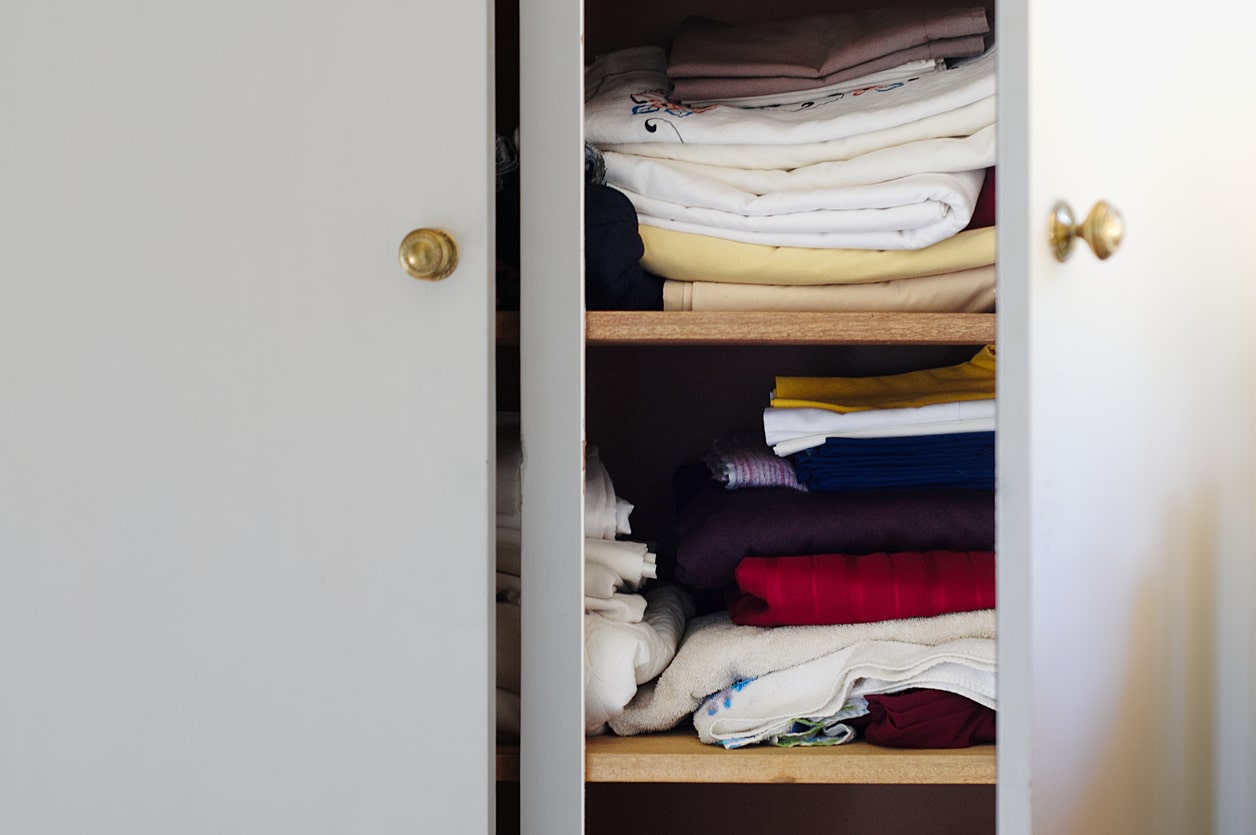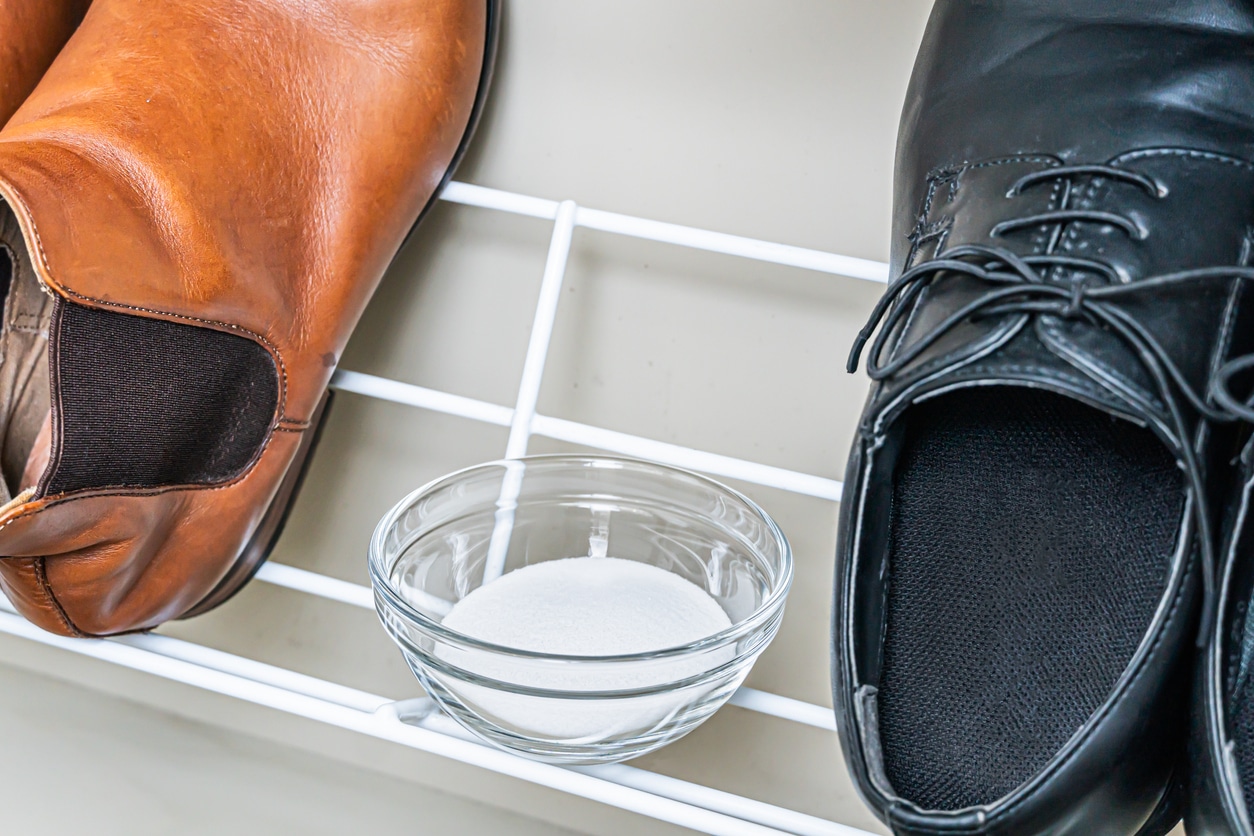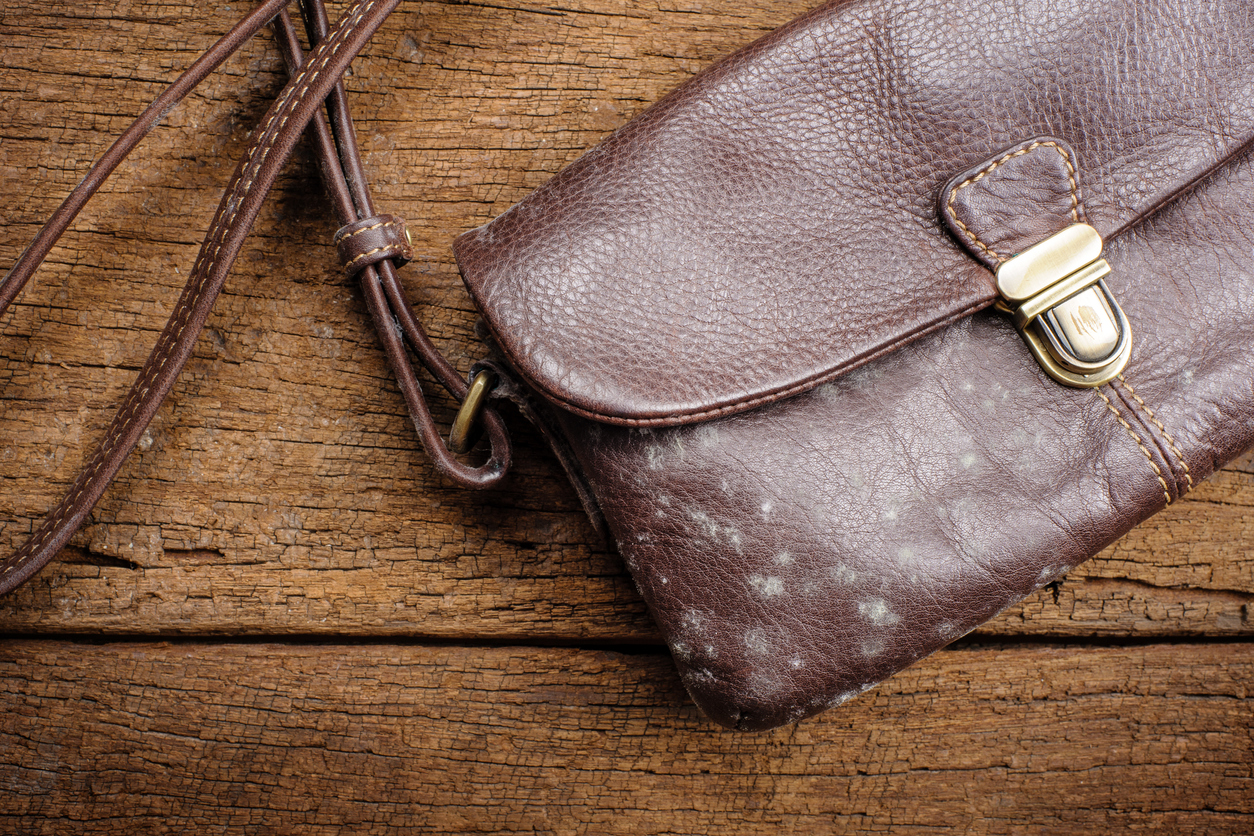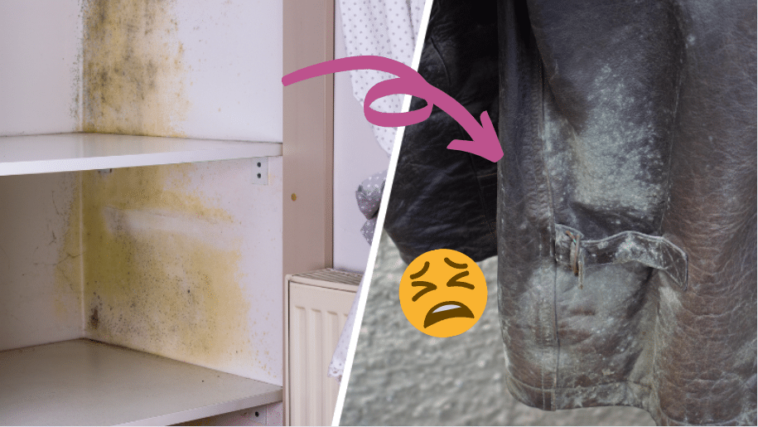Spotting mold and humidity in your cupboards is commonplace. Indeed, in these confined spaces, the slightest trace of humidity will macerate. All it takes is for your entryway storage unit to be close to the kitchen or even the garage, or for the wardrobe to be close to the bathroom for mold to invade at high speed. Coats and clothes as well as sheets, towels and other household linens can then smell bad and develop mold stains. Find out what to do against the fungi that colonize your cupboards in order to save your wardrobe from the stubborn stains and bad odors that result from them. With these few anti-mold measures, you will be able to prevent the appearance of new yeasts, but also clean and treat the affected clothes in your wardrobe.
Some preventive actions to know for a mold-free wardrobe
First of all, opt for ventilated shelves made of wood or metal rather than solid shelves. This will allow air to flow more freely. Additionally, also avoid placing the cabinet too close to exterior walls or heaters, as this can lead to moisture buildup. Above all, do not overload the cabinetas this can prevent air circulation and encourage moisture build-up. Finally, if you notice mold whose origin you do not understand, make sure that there is no no water leaks nearby cabinet, such as plumbing leaks or water infiltration. Leaks can actually contribute to humidity in the environment.
Never slide damp laundry inside

Never store damp or wet objects in the cabinet. Coats, jackets, shoes, umbrellas, purse… Make sure everything you place inside is completely clean and dry. In fact, the slightest humidity is a fertile breeding ground for mushrooms!
Additional tips for reducing humidity (and therefore the risk of mold) in a wardrobe
You can use a moisture absorber specially designed for closets. These absorbers help control humidity and prevent mold growth. Additionally, if the room where the cabinet is located is subject to high humidity, also consideruse a dehumidifier to control the humidity level. Finally, keep the sachets safe in the shoe boxes. Place these silica gel sachets in the corners of the wardrobe and in the pockets. They help absorb moisture and prevent mold.
Ventilate your cupboard well to limit mold

One of the reasons we see this problem is that it is difficult for air to circulate in the closets. Wardrobes are dark places, often very full, with clothes and fabrics inside which collect moisture very quickly. These are therefore places conducive to fungal proliferation. So make sure the cabinet is well ventilated leaving a little space between objects and walls. Also open the cabinet doors from time to time to allow air to circulate. You can especially do this when ventilating the room, this will help reduce the humidity that could accumulate inside this confined space.
Maintain your cupboards well to reduce the appearance of mold
Take care to clean your cabinets regularly with a solution of warm water and white vinegar (1:1). Indeed, the vinegar has antifungal properties which help prevent mold. In addition to being an excellent natural cleaner and disinfectant, it is also a great air freshener. So it’s perfect for a moldy wardrobe. Scrub all the corners of the previously emptied cupboard, then make sure to dry the furniture thoroughly, otherwise this could cause additional problems. You can also use it for moldy objects! So, no need for harmful bleach.
Combat bad odors linked to mold in a wardrobe

In addition to cleaning with vinegar, also consider sprinkling baking soda on the shelves and corners of the cabinet. THE baking soda helps eliminate bad odors and to partially neutralize humidity. You can also apply a few drops of essential oil tea tree, lavender essential oil or eucalyptus essential oil on cotton balls and place them in the cabinet. The antimicrobial properties of essential oils help fight fungus while reducing bad odors.
Removing mold stains from clothes
White vinegar is also effective in removing mold stains from laundry. Apply it directly to the marks, leave it on for a few minutes, then rub gently with a sponge. If some stains persist, mix baking soda with water to form a thick paste. Apply this paste to the greenish marks, leave for a while, then scrub gently with a brush. You can find all the techniques against unpleasant musty stains and odors here.

Important in case of mold in the cabinet
Before starting any cleaning or handling moldy items, put on rubber gloves, a respirator and protective glasses to protect yourself from mold spores and cleaning products. Indeed, mold is dangerous for health. So, limit your exposure without protection. If you can, try to ventilate and ventilate the room well when washing. For more fragile clothing (leather, silk, requiring dry cleaning, etc.), always prefer to go to the dry cleaners. Finally, if mold is too present on certain objects or clothing, the best is sometimes unfortunately to throw away.


